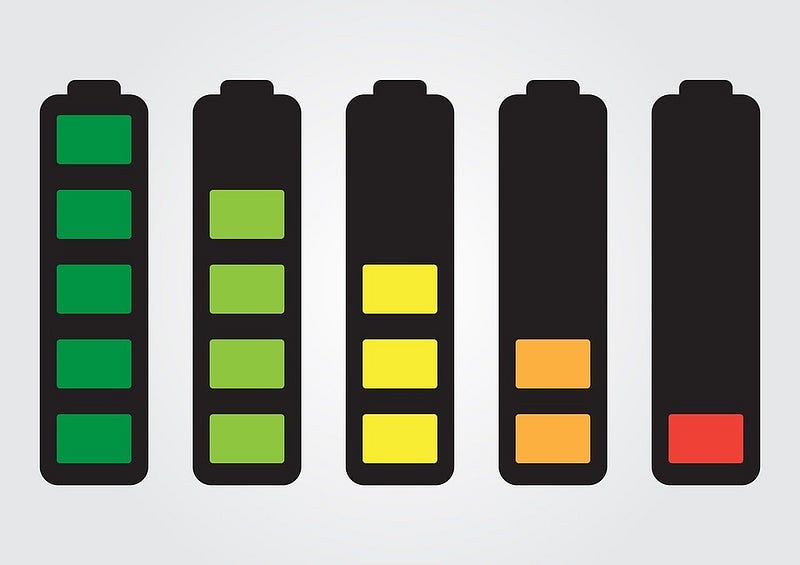Phase-Change Materials: A Sensible Thermal Solution
By Julia Hines, Chemical Engineering, 2021

Thermoregulation is a process used in all facets of life — whether it is the sweat that drips off of you during a workout or the thermostat in your dorm that may (or may not) actually change the temperature in your room. Regulating temperature keeps humans alive and keeps many appliances safe. In the past decade, many advancements have been made to find newer, cheaper ways to thermoregulate. Research into phase-change materials (PCMs) has opened a new door in thermoregulation, allowing latent heat transfer, that is, heat transfer without any change in temperature (ie. phase change), to be used in addition to sensible heat transfer — heat transfer that results in a temperature change.
Phase change materials are broadly defined as substances which absorb or release high amounts of latent heat when they go through a physical state change (solid to liquid, liquid to gas, etc). Latent heat transfer is energy transferred into a substance without any change in temperature. This most commonly signifies a phase change occurring. Sensible heat transfer is energy transferred that results in a temperature change. Using latent heat transfer, PCMs are able to store more energy per unit volume than materials that use sensible.
Latent heat transfer is energy transferred into a substance without any change in temperature.
This property of PCMs can be used in multiple ways, whether it is thermal energy storage that can be used for another process, or as a thermal barrier or insulation.
With the move away from fossil fuels and towards renewable energy, energy storage has become more important. Batteries and chargeable energy sources are needed to capture excess energy produced; this excess energy can be used when the wind isn’t turning the turbine or when the sun isn’t shining on the solar panel. In regions where changing seasons bring different sun and wind patterns like here in New England, relying on these methods without a dependable energy storage solution is not sustainable. One innovative solution to this problem is PCMs.
PCM cells are heated when energy is harvested, to the point where they undergo a phase change. Then, when energy is needed later, the PCM cells can undergo a phase change again and release latent energy without changing the temperature significantly.
When energy is needed, the PCM cells can undergo a phase change and release latent energy without changing the temperature significantly.
PCM technology has been successfully implemented in many products including bedding technology. This technology works by responding in real time to the temperature of your body; it takes in the heat produced by your body to induce a physical change in the PCM as opposed to increasing the temperature in the bedding system. Other applications like solar energy storage in addition to optical disk data storage use the same basic principles to occur, interacting with the environment to store energy through phase changes.
However, although this technology is very promising, there are many shortcomings that still need to be worked out for the large scale application of PCMs in energy storage. These shortcomings include the small temperature windows that are required to maintain, the risk of leakage during the liquid phase, cost of materials, and material compatibility. As technology advances, we may soon be seeing more PCMs in our daily lives. Whether it’s in our winter jackets or in electronics, this promising material is at the forefront of thermal science.
Energy Conversion and Management (2006). DOI: 10.1016/j.enconman.2005.03.004
Applied Energy (2009). DOI: 10.1016/j.apenergy.2009.01.004
Applied Thermal Engineering (2007). DOI: 10.1016/j.applthermaleng.2006.11.004
Science (2019). DOI: 10.1126/science.aaz1129
Renewable and Sustainable Energy Reviews (2011). DOI: 10.1016/j.rser.2010.08.019
Nature Materials (2005). DOI: 10.1038/nmat1359
Renewable and Sustainable Energy Reviews (2009). DOI: 10.1016/j.rser.2009.01.024
